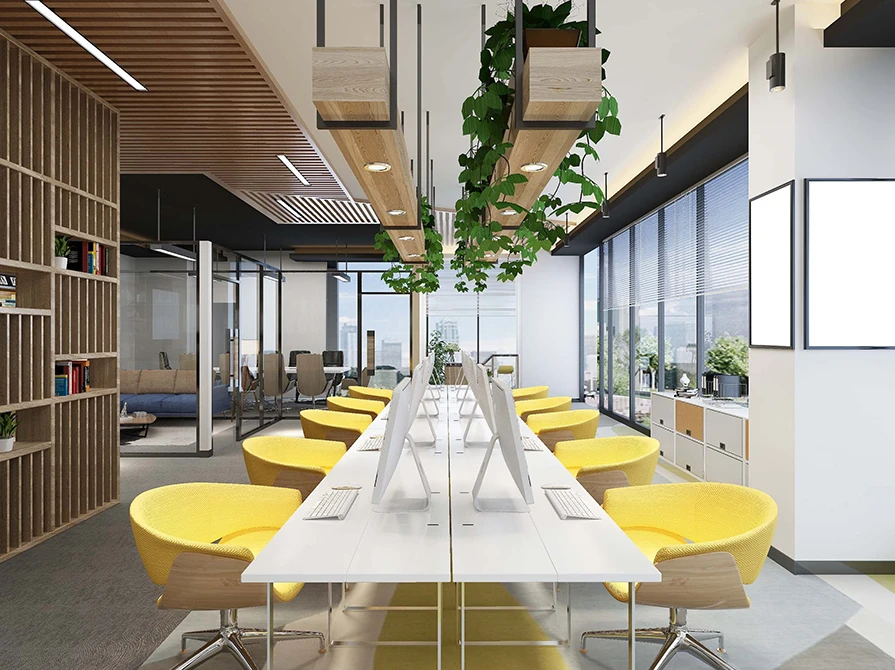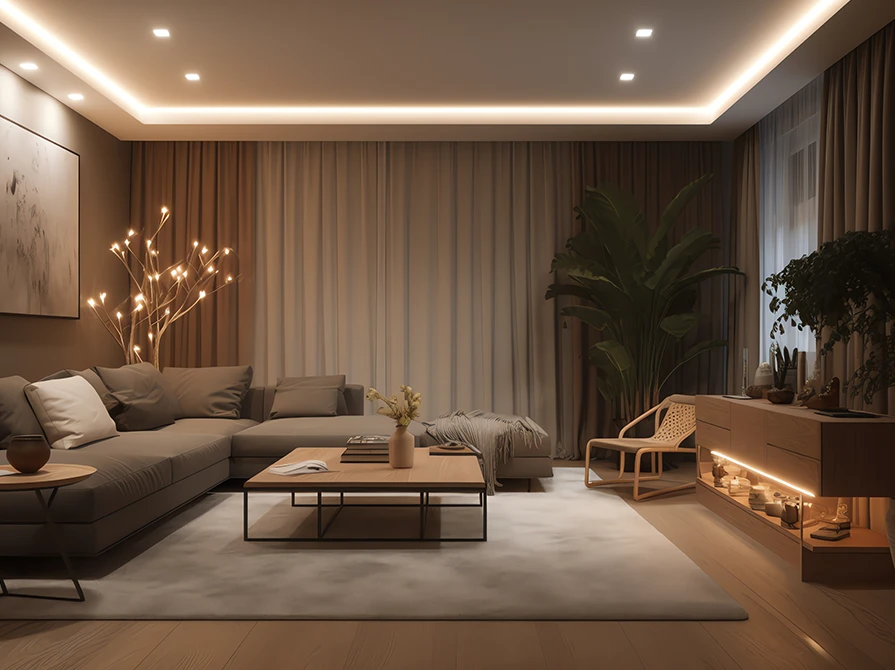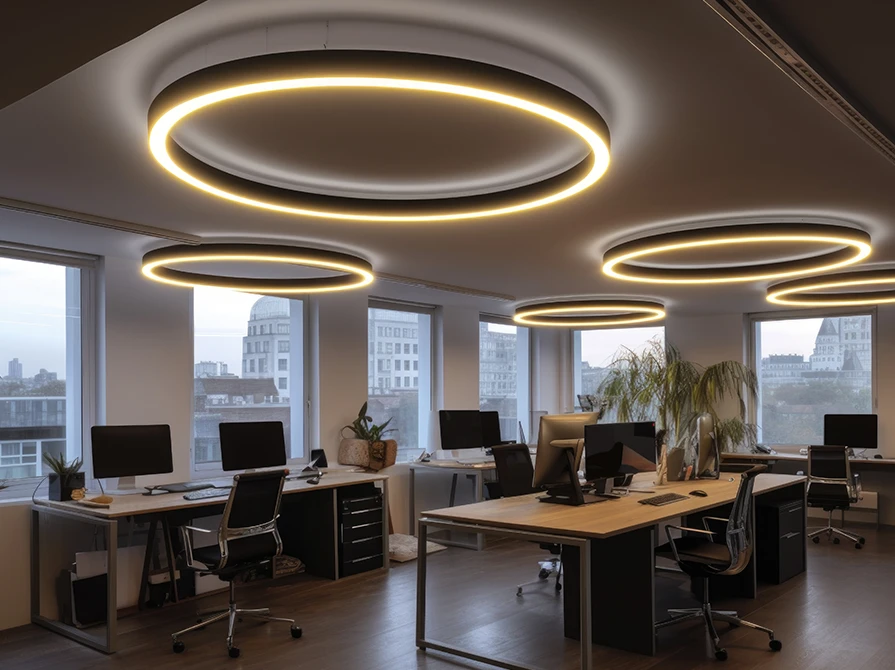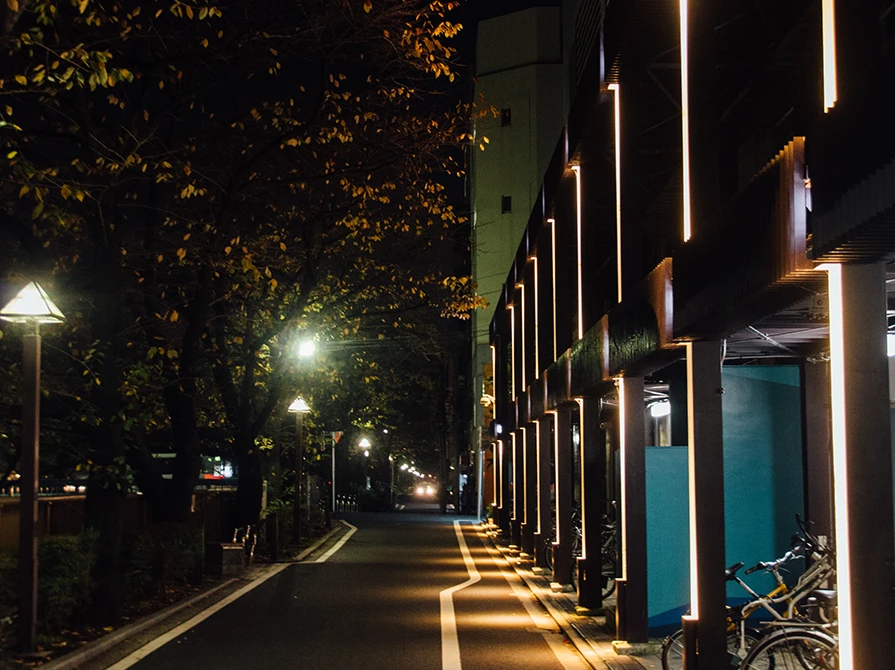

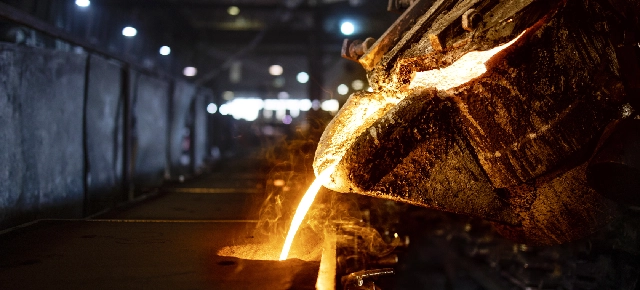
Industries operating under extreme temperature conditions face a unique set of challenges when it comes to maintaining efficiency and safety. From steel manufacturing plants to cold storage warehouses, these environments demand equipment that can withstand harsh conditions. Lighting, often an overlooked aspect of industrial efficiency, plays a critical role in these environments. Poorly chosen lighting can lead to increased downtime, higher maintenance costs, and compromised safety.
In temperature-intensive industries, specialized lighting is not just a matter of illumination but an essential element that directly impacts productivity, safety, energy consumption, and overall operational efficiency. This blog explores the importance of specialized lighting in extreme temperature environments, the challenges faced by industries in such conditions, and how modern lighting solutions can ensure better performance, energy savings, and safety.
Specialized lighting designed for temperature-intensive industries addresses these challenges, offering solutions that ensure operational efficiency, longevity, and safety. Below are the key reasons why temperature-adapted lighting solutions are critical:
1. Durability and Resistance to Temperature Fluctuations
Specialized lighting systems are designed to withstand both high and low temperatures without suffering from material degradation or performance loss. These systems often use advanced materials such as heat-resistant metals and cold-tolerant plastics that maintain structural integrity in challenging environments.
For industries dealing with extremely high temperatures, such as metal foundries or glass manufacturing plants, heat-resistant lighting solutions can operate reliably even when exposed to radiant heat from machinery. In cold storage facilities, on the other hand, lighting solutions with anti-condensation technology prevent moisture buildup, ensuring that the lights remain functional even in sub-zero temperatures.
2. Energy Efficiency
Temperature-intensive industries are often energy-heavy environments due to the additional power needed for heating, cooling, or refrigeration. Specialized lighting solutions such as LEDs (Light Emitting Diodes) and other energy-efficient technologies help to reduce the overall energy footprint of these industries.
Modern LED lights, for example, are far more energy-efficient than traditional incandescent or fluorescent lights and can operate at peak efficiency even in extreme temperatures. In hot environments, they generate less heat, thus reducing the need for additional cooling. In cold environments, LEDs can function optimally without requiring extra energy to start up or maintain brightness.
3. Extended Lifespan and Reduced Maintenance
One of the major advantages of specialized lighting systems is their extended lifespan. In temperature-intensive industries, lighting fixtures are often difficult to access due to the scale of operations or the hazards associated with high temperatures. Frequent maintenance or replacement can result in significant downtime and labor costs.
Specialized lighting systems are built to last longer under harsh conditions. They are less prone to issues like heat fatigue, cold-induced cracking, or moisture-related corrosion. This results in fewer breakdowns, less frequent maintenance, and reduced operational costs. Additionally, lighting systems equipped with automated monitoring and diagnostics can alert maintenance teams to potential issues before they result in total failure, further minimizing downtime.
4. Optimized Lighting for Worker Safety
In temperature-intensive environments, ensuring worker safety is paramount. Poor visibility in these settings can lead to accidents, machinery malfunctions, or errors in the production process. Specialized lighting provides consistent, high-lumen output that improves visibility in both extreme heat and cold.
For instance, in industries like mining or oil and gas extraction, where operations often occur in remote locations under harsh weather conditions, specialized lighting ensures workers have the visibility they need to safely perform their duties. In refrigerated environments, well-designed lighting solutions prevent the dimming or flickering that can cause dangerous missteps.
Lighting systems that can adjust their brightness based on real-time conditions—such as those equipped with sensors for detecting occupancy, daylight, or temperature—further enhance safety. These adaptive systems ensure that the right amount of light is always present, even as environmental factors fluctuate.
5. Adaptability and Flexibility
Temperature-intensive industries are not monolithic; they have varying lighting needs depending on the specific environment or task at hand. Specialized lighting solutions offer the flexibility needed to cater to these diverse requirements.
In cold storage facilities, where energy conservation is critical, adaptive lighting systems can reduce brightness when areas are unoccupied, helping to cut energy costs without compromising safety. Similarly, in high-heat environments, lighting fixtures designed with heat-dissipation technology can operate efficiently without overheating, ensuring stable performance across different temperature zones.
In temperature-intensive industries, where operational efficiency and safety are paramount, the role of specialized lighting cannot be overstated. These advanced systems are designed to endure the challenges posed by extreme temperatures, ensuring consistent performance, reduced energy consumption, and lower maintenance needs. As technology continues to evolve, we can expect further advancements in lighting systems that will improve the ability of industries to operate efficiently in even the most extreme environments. Whether it’s a cold storage facility or a high-temperature manufacturing plant, specialized lighting is not just a convenience—it's an operational necessity. Get in touch with us to know more about how specialized lighting can be beneficial in extreme temperature
